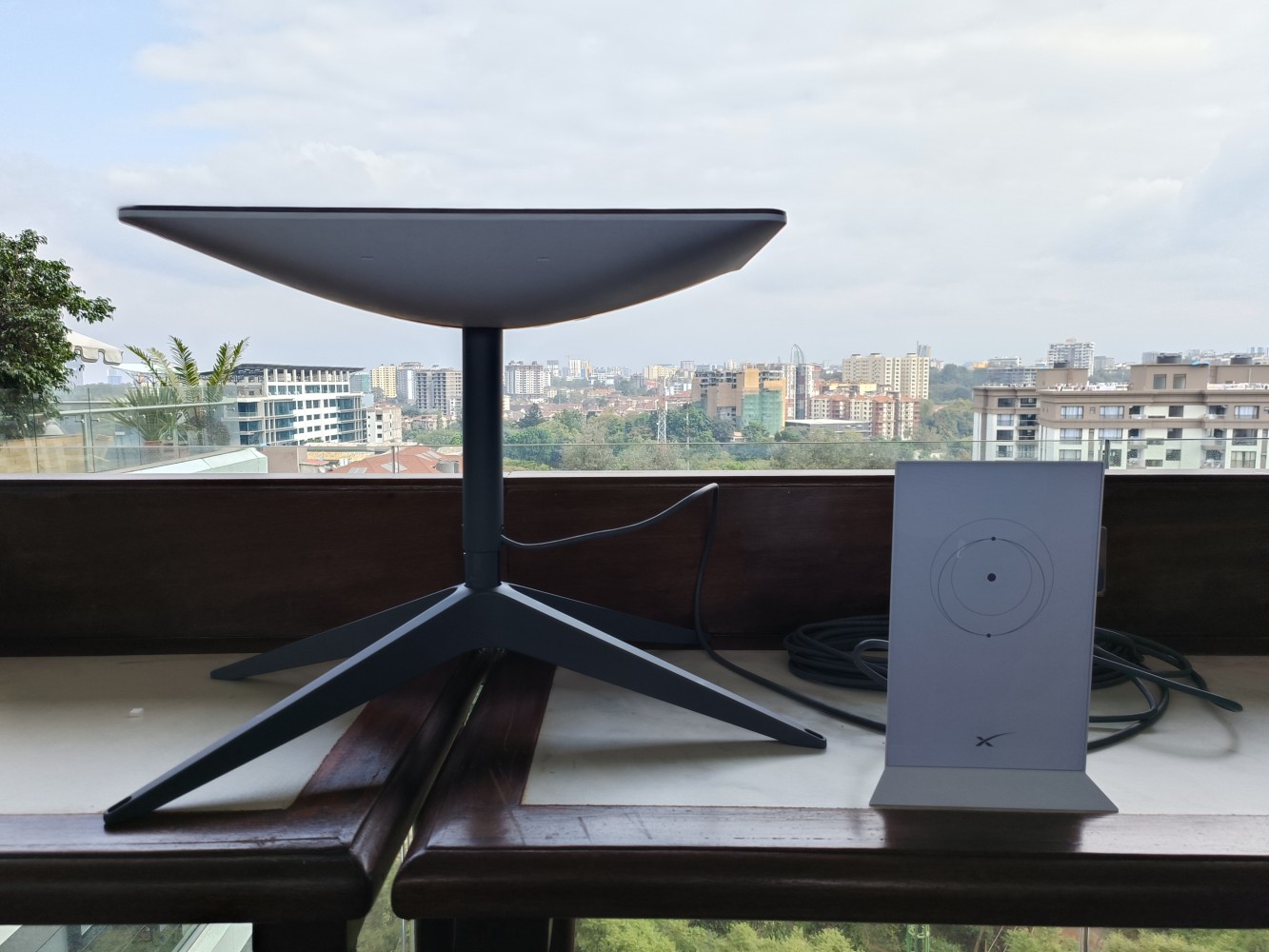adverts
After a seven-month freeze, satellite internet provider Starlink has resumed new user activations across Nairobi and other key towns in Kenya.
The company’s coverage map now reflects expanded availability, and multiple users have confirmed successful kit activations in June.
“It can be installed anywhere in Kenya right now,” said Isaac Migiro, a Nairobi-based user who bought his kit in December but only activated it this month.
adverts
A retailer selling Starlink kits confirmed to TechCabal on June 23 that “Starlink is now back to full capacity,” signalling a full return after the long pause that began in late 2024.
The freeze was initially triggered by overwhelming demand in areas including Kiambu, Machakos, Kajiado, and Murang’a, which led to network congestion, reduced speeds, and eventually, a halt on new sign-ups. To ease the strain, Starlink opened a ground station in Nairobi in January 2025, but even that hasn’t entirely curbed the pressure in high-demand zones.
Despite infrastructure efforts, urban demand continues to push the network to its limits — a testament to the growing appetite for reliable, high-speed internet in both city and peri-urban areas.
Starlink has become a lifeline in rural and peri-urban areas where fibre internet is unreliable or unavailable. The hardware kit costs about $232, with a monthly service fee of $50. While steep compared to other providers, for many homes, schools, and small businesses outside of city centres, Starlink is the only viable option for stable, fast internet.
Telecom giants in Kenya are not ignoring Starlink’s rising influence. Safaricom has rolled out affordable 5G routers, pricing devices at $23 and offering monthly data plans from $31 — significantly undercutting Starlink’s rates. These offers are aimed at urban and peri-urban customers with solid mobile coverage.
Meanwhile, Airtel has partnered with Starlink to use its satellite backhaul for rural expansion, and Safaricom is also exploring similar hybrid infrastructure models that combine mobile, fibre, and satellite services.
Starlink’s rapid growth has also drawn regulatory attention. The Kenyan government has proposed raising satellite licence fees from $12,302 to $115,331, along with a 0.4% levy on revenue turnover — measures that could significantly impact smaller satellite ISPs and potentially give larger operators a competitive edge.
Similar regulatory battles are playing out in South Africa and Zimbabwe, where Starlink faces challenges for operating without full licensing.
By the end of 2024, Starlink had over 19,000 active users in Kenya, positioning it as the seventh-largest ISP in the country. However, the company still lacks a local office and handles customer service entirely online — a pain point for users dealing with technical issues or long activation delays.
Click the link Puretvonline.com | WhatsApp Channel to join the whatsapp channel
GOT A STORY?
Contact/WhatsApp: +233243201960 or Email: manuelnkansah33@gmail.com


